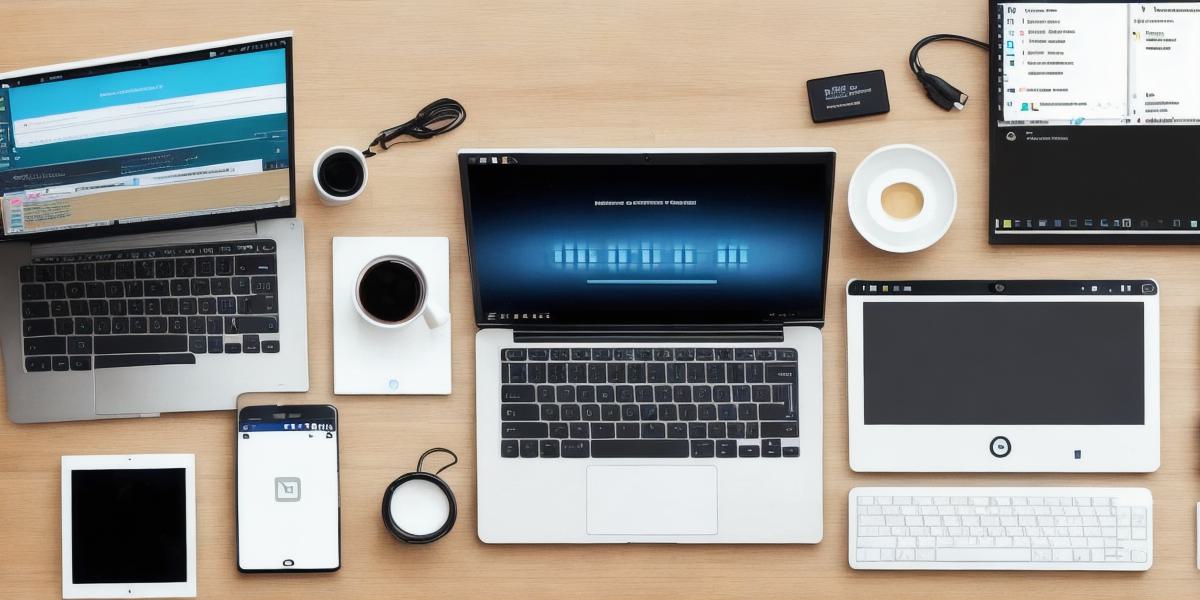Android development is a popular field that requires a specific set of tools and libraries to create and publish apps on the Google Play Store. In this guide, we will walk you through the process of setting up your development environment for Android development. We will cover everything from hardware requirements to software updates, virtual machines, necessary tools and libraries, and tips for successful Android development.
Hardware Requirements
Before you start with Android development, you need to make sure that your computer meets the minimum hardware requirements. To develop an Android app, you will need a CPU with SSE2 support, and a hard drive with at least 8GB of free space. This is because Android apps are large and require a lot of storage space on your computer’s hard drive.
Software Updates
Once you have met the minimum hardware requirements, you need to make sure that your computer is running the latest versions of Java, Git, and other tools. Java Development Kit (JDK) is required for Android development, and you should download and install it from https://www.oracle.com/java/. You should also update Git to the latest version as it is used extensively in Android development for version control and collaboration.
Creating a New Directory
Before you start developing your first Android app, you need to create a new directory for your projects and add it to your system’s PATH environment variable. This will allow you to run Android SDK tools from the command line or terminal. You can create a new directory by navigating to your computer’s user folder using File Explorer and then right-clicking on an empty area of the screen. Select "New" and choose "Folder." Once you have created a new folder, open it and rename it to something like "AndroidProjects."
Setting Up a Virtual Machine or Emulator
If you don’t have access to a physical Android device, you can still develop Android apps using a virtual machine or emulator. There are several virtual machines available that support Android development, such as the Android Virtual Device Manager (AVD) and Genymotion. You should choose a virtual machine or emulator that supports the latest version of Android and set up any necessary hardware settings, such as screen size and resolution. Once you have configured your virtual machine or emulator, connect it to your development environment by selecting it in your IDE’s project settings.
Installing Necessary Tools and Libraries
To develop an Android app, you will need several tools and libraries, such as Gradle, Retrofit, and Realm. Gradle is a popular build system that automates repetitive tasks and manages your project’s dependencies. You can install it using Maven or Gradle by running the appropriate command in the terminal.
Retrofit is an HTTP client for Android that allows you to make network calls from your app. It supports a variety of protocols, such as GET, POST, and PUT, and can be used with both synchronous and asynchronous requests. You can install Retrofit using Maven or Gradle by adding it to your project’s dependencies file.
Realm is an Object-Relational Mapping (ORM) library that allows you to work with databases in Android. It provides a simple and intuitive API for interacting with relational databases, such as MySQL and SQLite. You can install Realm using Maven or Gradle by adding it to your project’s dependencies file.
Tips for Successful Android Development

Finally, here are some tips to help you succeed in your Android development journey:
- Practice makes perfect: The best way to learn Android development is by doing. Start with simple projects and gradually work your way up to more complex ones. Don’t be afraid to make mistakes – they’re an essential part of the learning process.
- Stay up-to-date with the latest technologies: Android development is a constantly evolving field, with new technologies and tools being released all the time. Stay informed about the latest developments by reading blogs, attending conferences, and participating in online communities.
- Collaborate with other developers: Collaborating with other developers can help you learn new techniques, get feedback on your code, and stay motivated throughout the development process. Consider joining an open-source project or forming a study group with other Android developers.
